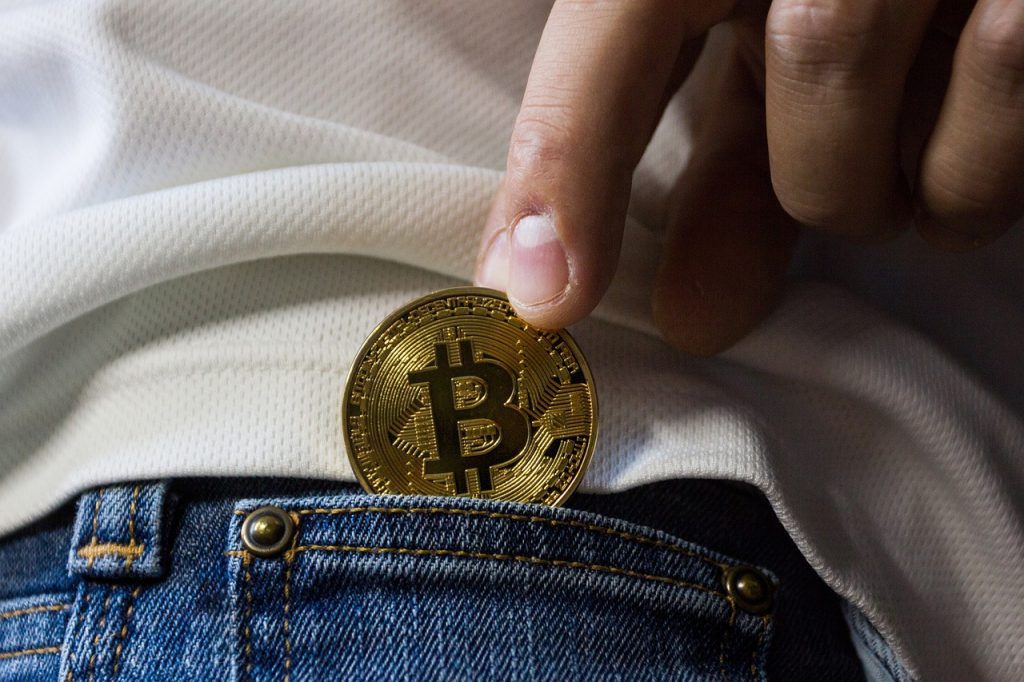Germany Government Sells All of Its BTC
The German government sold all 50,000 BTC since late June, equating to $3.5 billion in sell pressure, which the market absorbed while maintaining BTC’s price stability. This highlights strong demand, especially from over $1 billion in spot Bitcoin ETF inflows, likely from retail investors. With Germany’s sales over, potential selling pressure looms from the return of 47,000 BTC to Mt. Gox creditors, which began last week. Some exchanges, like Bitstamp, plan to distribute it sooner. While not all creditors will sell, those who do might do so in large quantities, potentially causing market downturns and triggering long liquidations.
Ethereum ETF Anxiety Kicks-in
A significant amount of ETH has recently been sent to exchanges, hinting at the imminent launch of a spot Ethereum ETF. This situation may parallel recent spot Bitcoin ETF launches, with major inflows and ETH whale sell-offs. However, the launch might be delayed, possibly coordinated with the SEC for better market conditions. ETH’s price remains sensitive to large BTC sales, affecting altcoins similarly. A successful ETF listing could push ETH to 4k, but lower-than-expected inflows could negate gains. The activity of ETH whales and old ICO-era ETH moving to exchanges suggest a potential bearish catalyst, possibly linked to China.
Stablecoins Not Securities
The SEC has dropped its lawsuit against Paxos, determining that BUSD, the Binance-branded stablecoin, is not a security. This significant decision implies that stablecoins like USDC, USDP, and PYUSD are not securities, allowing larger trades and holdings without SEC intervention. This could also benefit gold-backed tokens like Pax G, considered stablecoins. The ruling might pave the way for stablecoin regulations in the US, establishing them as forms of money and facilitating their use for payments, especially on platforms like Solana. Despite this positive development, the SEC’s scrutiny of the crypto industry persists, potentially targeting projects like Uniswap and Ethereum.
Circle to Issue a Yen Stablecoin
The SEC’s decision could allow Circle, the USDC issuer, to proceed with its IPO, possibly delayed due to stablecoin scrutiny. Given its role in issuing stablecoins backed by government debt, Circle’s stock might become highly valuable. Circle also plans to issue a Yen stablecoin, aiding Japan’s debt-laden economy. Recently, the Yen rallied against the USD following a cooler-than-expected US CPI, possibly due to BOJ intervention. This Yen strength coincided with a decline in the S&P 500, suggesting a connection via the carry trade. A Yen carry trade unwind could lead to a market downturn. However, small-cap stocks rallied, hinting at a possible altcoin season if the FED signals lower interest rates at its upcoming meeting.
Top Performing Cryptos
TON Coin (TON): TON token surged due to a partnership creating an accelerator fund for its ecosystem. It faces resistance at $1.8 but could fall to $1.2 or rise to $1.8.
Optimism (OP): OP token gained from a technical upgrade and the ECC conference. Struggling at $1.7 resistance, it could drop to $1.4 or rise to $2.
Celestia (TIA): The TIA token was pumped due to the modular Summit conference and related developments. It faces resistance at $7, with potential movement to $5 or $9.



